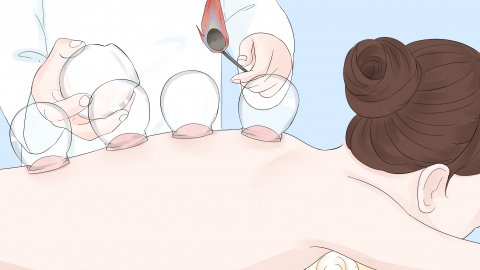Can cupping therapy be used for heatstroke?
Generally speaking, if it is mild heatstroke, cupping can be appropriately performed after the body condition stabilizes; however, if it is severe heatstroke, cupping should not be used. If discomfort symptoms occur, it is recommended to closely monitor the physical condition and seek medical treatment at a regular hospital when necessary. Detailed analysis is as follows:

During mild heatstroke, if symptoms are mild, such as dizziness, fatigue, and slight nausea, and the physical condition gradually stabilizes after rest and hydration, cupping can be appropriately applied. Cupping can stimulate acupoints and the local skin, promoting local blood circulation and helping to relieve muscle soreness and fatigue. However, it is important to choose a reputable facility and have the procedure performed by a professional. The duration of cupping should not be too long, and areas with skin damage should be avoided.
For severe heatstroke, cupping should not be used. Patients with severe heatstroke often experience high fever, confusion, dehydration, and decreased blood pressure, with their bodies in an extremely weakened state and possible dysfunction of various organs. At this stage, cupping cannot provide therapeutic effects and may instead worsen the stress response due to external stimulation, affecting blood circulation and normal regulatory functions of the body, potentially exacerbating the condition. Additionally, severe heatstroke requires timely medical intervention, such as cooling measures, fluid replacement, and correction of electrolyte imbalances. Cupping may delay critical treatment time.
Before applying cupping for mild heatstroke, ensure there is no significant discomfort in the body. After cupping, attention should be paid to keeping warm and avoiding cold exposure, while continuing to replenish fluids. If redness, swelling, increased pain, or dizziness occurs after cupping, the procedure should be stopped immediately and monitored. Patients with severe heatstroke must strictly follow medical advice, receive standardized treatment first, and decide whether to proceed with cupping or other wellness practices only after full recovery.







